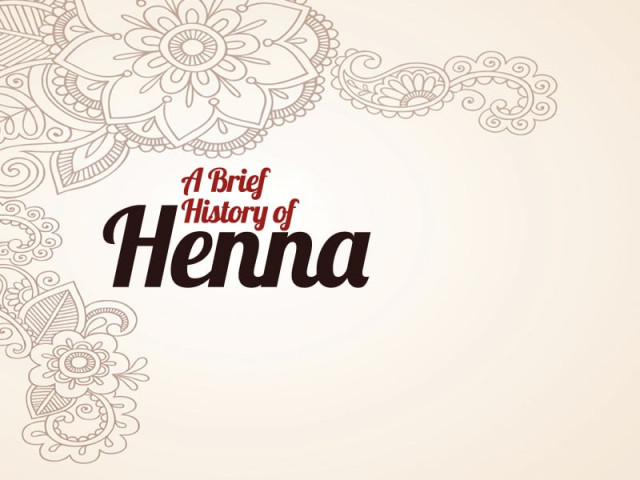
Preparation and application
The henna cones that we pick off the market shelves are made for commercial use by adding chemicals to the paste. Homemade henna, on the other hand, is prepared by soaking the powder in the water and leaving it overnight. The colour of the fresh powder mix should be a vibrant deep green and the old powder may be slightly brown. The mixture is then applied to the body and left untouched for a couple of hours. When the paste is washed away, it leaves a beautiful orange-brown design that fades in a few days.
Generally, a darker shade of henna is often desired as it enhances the design made. Some companies add a dangerous chemical P-Phenylenediamine (PPD) to boost its colour. Unfortunately, the chemical was voted Allergen of the Year by the American Contact Dermatitis in 2006 and may cause severe allergic reactions or blisters.
Origins of henna
Henna is actually a powder derived from crushing the leaves of the henna plant. The earliest use of this plant dates back to the Pharaohs in Egypt, some 9,000 years ago. Cleopatra, the last reigning queen of the ancient Egyptian civilisation is said to have used henna to adorn her body and beautify herself. Egyptians also used to paint nails of the mummies using henna before burying them.
Owing to its extensive history, henna as an art form has also got some superstitions attached to it. In India, it is believed that deeper the colour of henna on a bride’s hand, the better would be her relationship with the mother-in-law. In some places, it is also said to signify the strength of love between the bride and groom. Many traditional henna designs are secret symbols of prosperity, love, loyalty, fertility and good luck.
In the West, it is more popular as henna tattoos and women are sometimes seen with their pregnant bellies painted or heads adorned with henna designs while going through chemo therapy. Celebrities like Madonna, Liv Tyler, among others have been spotted adorning henna tattoos proudly in public
The use of henna – through the years
- Cooling agent during summer to relieve effects of the intense heat like sunstroke and headaches. Initially the use of henna was limited to soaking hands and feet in its paste to retain body temperatures in times of intense heat. Gradually, people started applying paste to the hands, feet and arms with fingers and the designs were made with the aid of tiny twigs or toothpicks.
- To treat various types of skin problems like ringworm, athletes foot etc.
- Effective in treating cracking nails.
- A considerable number of women use it as a substitute for nail polish which doesn’t require a nail polish remover.
- The bark of the henna plant is known to be effective in the treatment of jaundice and some diseases.
- Apart from its dyeing properties, the constant use of henna softens and strengthens hair and adds shine to it. It also acts as a natural remedy for hair loss. With its amazing ability to retain the pH balance of the scalp, henna naturally and effectively cures dryness, dandruff as well as premature graying of hair. Afshan Naqvi, a hair stylist and beautician from Multan says, “Even though there are high quality hair dyes available in the markets, natural products are irreplaceable. Henna is free from all sorts of chemicals and it is best to dye your hair with it if the colour suits you. It keeps the head cool, kills lice and gives a radiance no chemical dye can.” Saleha Mumtaaz, a grandmother from Lahore who has been using henna as a substitute of hair dye from the past 20 years shares a useful tip: “While preparing mehndi for the hair dye, I always add a spoon full of coffee and a cup of black tea to kill the reddish color and deepen the maroon shade.”
- Today henna comes in cone-shaped tubes to make intricate designs. This ancient art of hand, feet and arm decoration now consists of thousands of designs including paisleys, geometrical or floral.
Published in The Express Tribune, Ms T, August 3rd, 2014.


















COMMENTS
Comments are moderated and generally will be posted if they are on-topic and not abusive.
For more information, please see our Comments FAQ